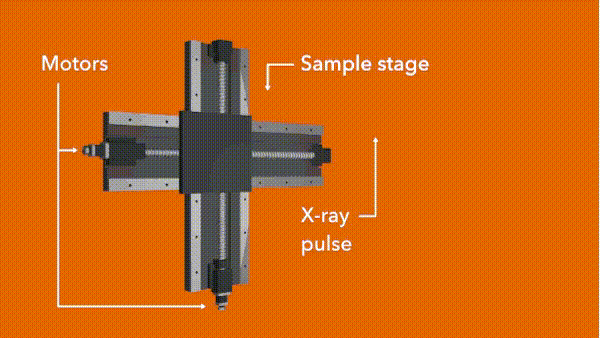Fixed Targets
A common way to deliver a sample to an instrument is to hold the sample to the interaction area or have a fixed target. Familiarity with synchrotron mesh loops, pin mounts, and synchrotron goniometers or cryoEM metal grids helps to understand this method.

Pros and Cons of Fixed Targets
| Pros | Cons | Ideal For |
|---|---|---|
• Minimal concerns with fluid/slurry properties (no clogging, high viscosity, etc.) • Compatible with some time-resolved experiments (e.g., pump-probe) • No wasted samples in between pulses if synchronized and sample locations are known
| • Difficult to mount sample onto substrate • Complicated in-vacuum operation • Prohibitive in-vacuum machinery • Need to account for vacuum effects on samples awaiting inspection • Time-consuming to replace sample-loaded substrates • Can’t match faster pulse structures • Need to know sample locations on substrate • Contribute to background signal from substrate Incompatible with other time-resolved experiments (mixing, complex/multiple pump probes) | • Large samples (>50 μm) • Low sample quantity • Experiments that don’t require vacuum conditions • Delicate samples that can't handle pressures of liquid injection (high solvent, low lattice contacts, 2-D crystal plates)
|
